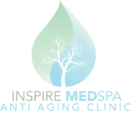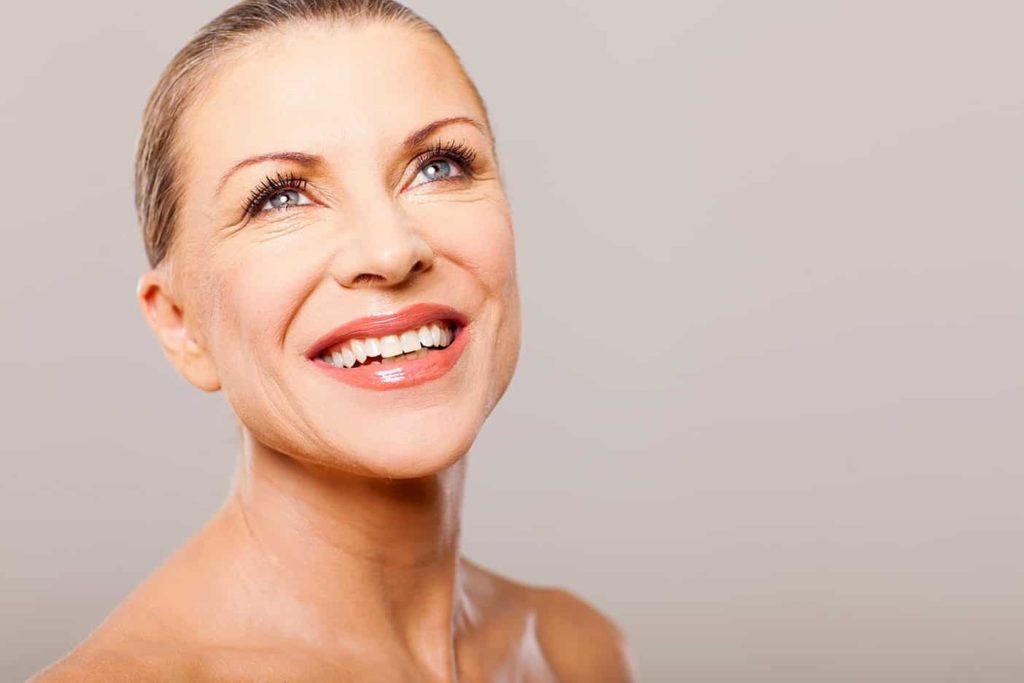Platelet Rich Plasma (PRP) initiates a soft tissue healing cascade. PRP supplies and releases growth factors from the platelets to stimulate a regenerative response that augments healing and promotes repair in tissues that would not normally happen in tissues with injury or low healing potential. PRP stimulates wound healing by inflammation, proliferation, and remodeling of soft tissue.
Phase I: Inflammation stage – After PRP is injected, the platelet granules burst into the tissue and growth factors are released immediately. The growth factors cause white blood cells to create an inflammation. This stage begins day 0 and lasts to day 6.
Phase II: Proliferation stage – Cell growth starts on day 1 until day 21 and peaks at day 10. The creation of new cells needed to repair the injury occurs during this stage.
Phase III: Remodeling phase – During this stage is when the cells mature, recreating the damaged tissues. Collagen restructuring starts around day 11 and peaks at 42 days and continues until 100 days or more.
Right after getting the PRP treatment you may see inflammation in the treatment area. You may also experience pain at the injection sites but is easily relieved with Tylenol or Ultram. Over the next few days, a gradual improvement will occur. Many users have seen continued healing from 6-9 months after the PRP therapy.
PRP uses the patient’s own tissues to create a wonder serum that helps the body heal and regenerate. The human body produces all the elements it needs to repair tissues and reverse any kind of damage.
Different structures of the body heal at different rates. Smoking and alcohol can impair tissue repair. NSAIDs distress the connective tissue healing cascade. Corticosteroids or cortisone affect healing pathways by decreasing immune response.

